Winning in the Chess OpeningNikolai Kalinichenko in collaboration with Kirill KuznetsovWinning in the Chess Opening 700 Ways to Ambush Your Opponent New In Chess 2018 2018 New In Chess Published by New In Chess, Alkmaar, The Netherlands www.newinchess.com Translated from the Russian book Pobeda v debyute. 700 primerov bystrykh pobed by Kirill Kuznetsov All rights reserved. No part of this book may be reproduced, stored in a retrieval system or transmitted in any form or by any means, electronic, mechanical, photocopying, recording or otherwise, without the prior written permission from the publisher. Cover design: Ron van Roon Supervision: Peter Boel Proofreading: Ren Olthof Correction and typesetting: Ian Kingston Production: Anton Schermer Have you found any errors in this book? Please send your remarks to and implement them in a possible next edition. ISBN: 978-90-5691-762-3 Explanation of symbolsThe chessboard with its coordinates: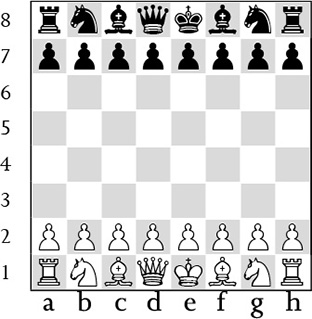
 White to move
White to move  Black to move King Queen Rook Bishop Knight
Black to move King Queen Rook Bishop Knight  White stands slightly better
White stands slightly better  Black stands slightly better
Black stands slightly better  White stands better
White stands better  Black stands better + White has a decisive advantage + Black has a decisive advantage = balanced position the position is unclear
Black stands better + White has a decisive advantage + Black has a decisive advantage = balanced position the position is unclear  with compensation for the material ! good move !! excellent move ? bad move ?? blunder !? interesting move ?! dubious move
with compensation for the material ! good move !! excellent move ? bad move ?? blunder !? interesting move ?! dubious move  with counterplay
with counterplay  with attack
with attack  with initiative Preface This is an updated and revised edition of the Russian book Pobeda v debyute. 700 Examples of Quick Wins, Moscow 2016). 700 Examples of Quick Wins, Moscow 2016).
with initiative Preface This is an updated and revised edition of the Russian book Pobeda v debyute. 700 Examples of Quick Wins, Moscow 2016). 700 Examples of Quick Wins, Moscow 2016).
The main task of any chess player in the opening is to ensure the proper orchestration of his forces. That is the key idea of the present book. The games, which are all less than 20 moves long, are sorted by opening. This makes it possible to use the book as a practical opening manual. After all, each opening has its own intrinsic set-ups of pieces and pawns, its typical vulnerable points and weaknesses, favourite deployment plans, and also typical mistakes. The game notes offer brief up-to-date recommendations about the opening at hand.
The reader will also improve his understanding of general opening principles while studying these practical examples. Winning in the Chess Opening features games by players of different levels, from World Champions to pure amateurs. Quite understandably, the nature of the games and the mistakes made are not identical. You will see magnificent works of art along with games decided by errors or even blunders. However, the way the opponents utilise the latter is, though often simple, nonetheless instructive. In our opinion, such diversity is justified as it increases the practical value of the book.
From time to time, the commentaries may include conventional symbols along with the text, thus making it possible to give all the necessary information while keeping the size of the book within reasonable bounds. We hope that this work proves useful for every aspiring chess player. Nikolai Kalinichenko
Kirill Kuznetsov
February 2018CHAPTER 1Open GamesCentre Game, Danish Gambit and rare lines1.e4 e5 2.d4 exd4 The Centre Game arises after 1.e4 e5 2.d4 exd4 3.xd4. Alexander Alekhine gave a clear and precise comment on the Centre Game and, in particular, Whites last move. He wrote: It is quite evident that such displacements of the queen at an early stage in the opening are not likely to reap any advantage. However, Black is compelled to play with precision so that his opponent may have no time to start an attack against the kingside or even in the centre.
For, no doubt, the white queen installed at g3 would exercise a pressure on Blacks kingside, if he eventually castles on that side. By playing 1.e4 e5 2.d4 exd4 3.c3, White avoids bringing out the queen too early and hopes to get a development advantage, coupled with chances for a quick attack, through the sacrifice of one or two pawns. This is known as the Danish Gambit. A gambit is an opening in which one side sacrifices material (most frequently a pawn or two, but sometimes even a piece), in order to gain certain benefits. If the opposing side adopts the same strategy in response to the gambit, this is called a counter-gambit. One of the main methods of fighting a gambit is to refrain from holding on to the extra material at all costs.
Moreover, the defending side should return the sacrificed material when appropriate in order to seize the initiative or simplify the position. Starting from the late 20th century, old-fashioned gambits have slowly made their way into the professional chess. However, the chess players of today do not follow the semi-forgotten lines and rather seek their own paths, leading to unbalanced play. Rare Lines Game 1C20 Andreas Hnsler1498 Michael Kirchhofer1631 Geneva 2013 (2) 1.e4 e5 2.c3?! This is too slow. White wants to play 3.d4 and then, following the exchange of pawns on d4, to recapture with a pawn. However, the e4-pawn is now left unprotected.
On top of that, Black may now play d7-d5 with ease, as Whites queens knight has lost access to c3. f6 3.c2c6 Black has developed two of his pieces and prevented the opponent from occupying the centre. His chances are now preferable. e2 Also if 4.b5, then 4d5. 4d5 5.exd5 Instead of giving up the centre, it was better to play the solid 5.d3, hoping to equalise in time. 6.d3f5 7.f3e7 8.0-0d7 9.bd2 g5!? Also strong was 9f4 10.e4 (the only move) 10xe2+ 11.xe2 0-0-0 12.d1 g4, with f7-f5 or e5-e4 to follow. c4 f6 11.e3xe3 Stronger was 11g6!. xe3 h5 13.ad1 Black is about to castle queenside, so moving the other rook with 13.fd1 seems more natural. 130-0-0 14.a4b8 Protecting the a7-pawn, but at the same time setting a trap. 15.d4?? And White falls for it immediately!  xd4! 16.cxd4 If 16.xd7 (no check!), then 16xe2+. 15.d4?? And White falls for it immediately!
xd4! 16.cxd4 If 16.xd7 (no check!), then 16xe2+. 15.d4?? And White falls for it immediately!  xd4! 16.cxd4 If 16.xd7 (no check!), then 16xe2+.
xd4! 16.cxd4 If 16.xd7 (no check!), then 16xe2+.
If 16.c4, then either 16b5 or 16xe2+ 17.xe2 d3 wins. xa4 White resigned. Game 2C20 Nikki MathiasenA. Baranauskas Marijampole 1996 (5) 1.e4 e5 2.f3?! The Scholars Mate, as in the game, may also occur after 2.c4 c5 3.h5 f6?? 4.xf7#. In this line, Black should play 3e7 4.f3 d6 (or 4xf2+!? 5.xf2 c5+ 6.d4 xc4 7.xe5+ e7 with approximate equality) 5.g5 h6. c5 3.
Next page
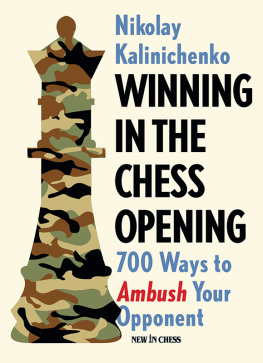
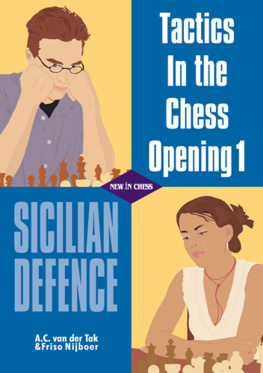
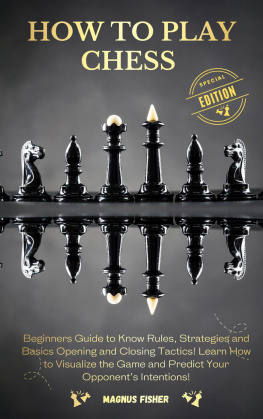
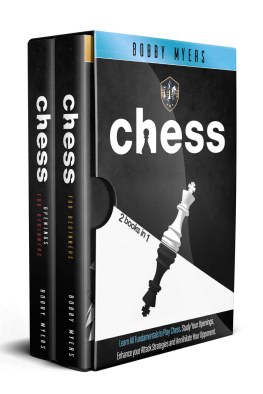
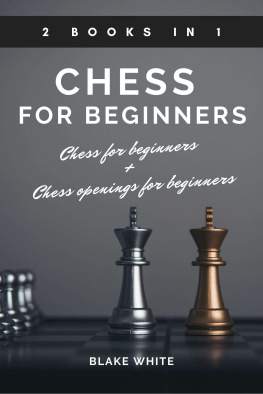
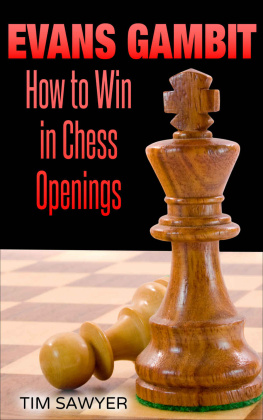
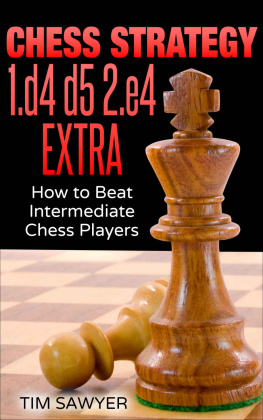
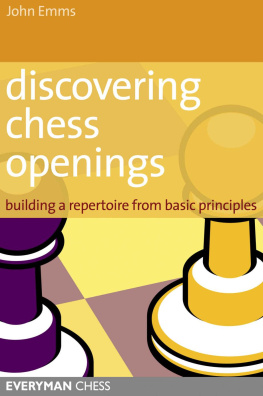

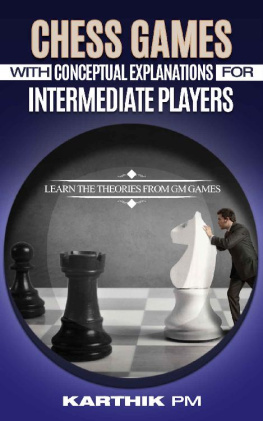

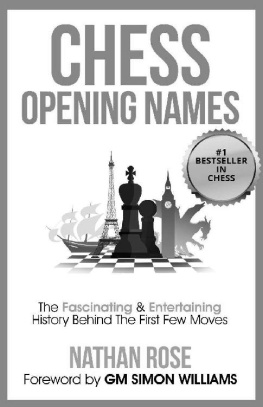
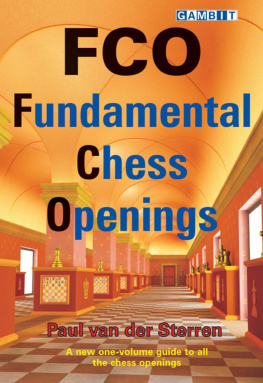

 White to move
White to move  Black to move King Queen Rook Bishop Knight
Black to move King Queen Rook Bishop Knight  White stands slightly better
White stands slightly better  Black stands slightly better
Black stands slightly better  White stands better
White stands better  Black stands better + White has a decisive advantage + Black has a decisive advantage = balanced position the position is unclear
Black stands better + White has a decisive advantage + Black has a decisive advantage = balanced position the position is unclear  with compensation for the material ! good move !! excellent move ? bad move ?? blunder !? interesting move ?! dubious move
with compensation for the material ! good move !! excellent move ? bad move ?? blunder !? interesting move ?! dubious move  with counterplay
with counterplay  with attack
with attack  with initiative Preface This is an updated and revised edition of the Russian book Pobeda v debyute. 700 Examples of Quick Wins, Moscow 2016). 700 Examples of Quick Wins, Moscow 2016).
with initiative Preface This is an updated and revised edition of the Russian book Pobeda v debyute. 700 Examples of Quick Wins, Moscow 2016). 700 Examples of Quick Wins, Moscow 2016). xd4! 16.cxd4 If 16.xd7 (no check!), then 16xe2+. 15.d4?? And White falls for it immediately!
xd4! 16.cxd4 If 16.xd7 (no check!), then 16xe2+. 15.d4?? And White falls for it immediately!